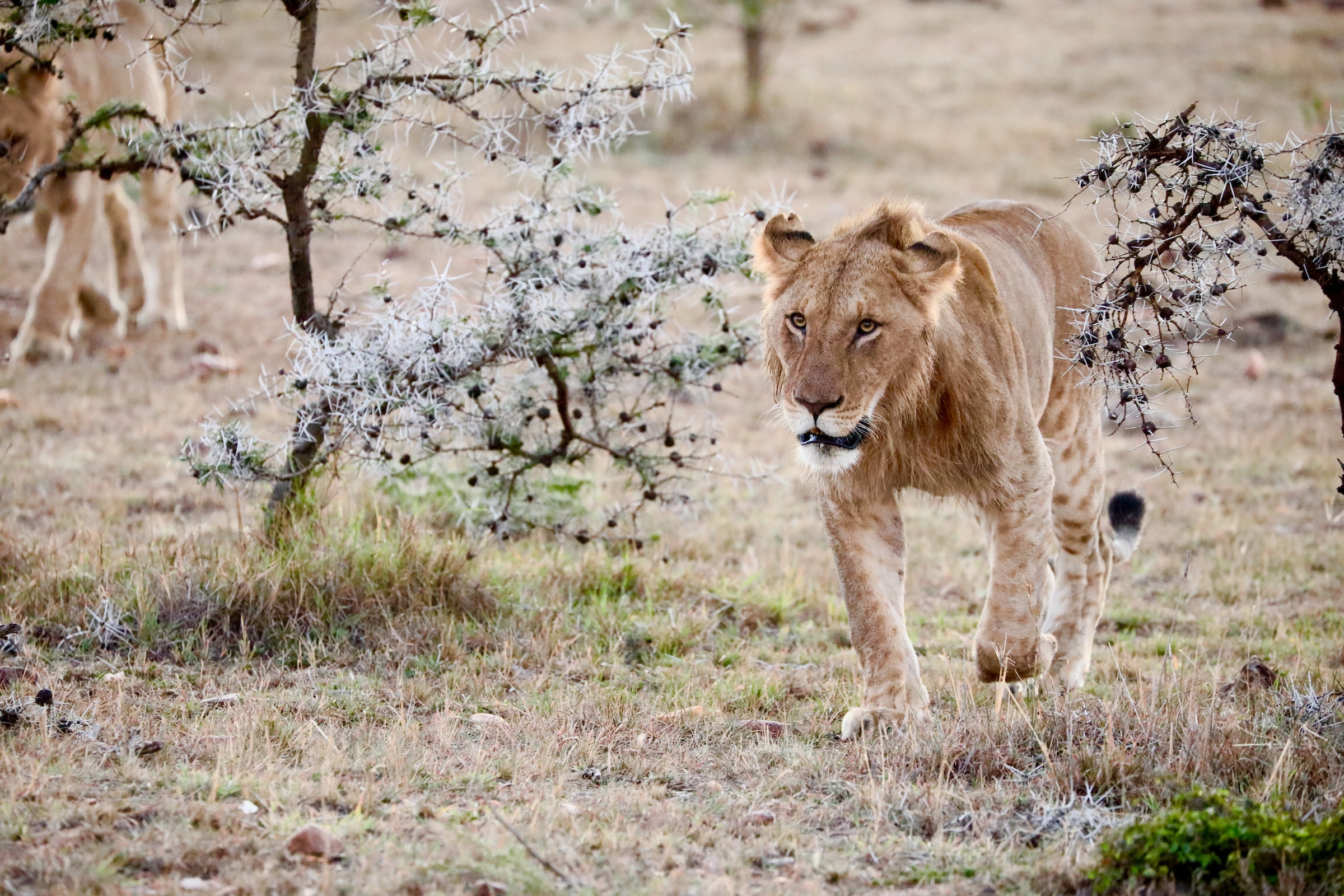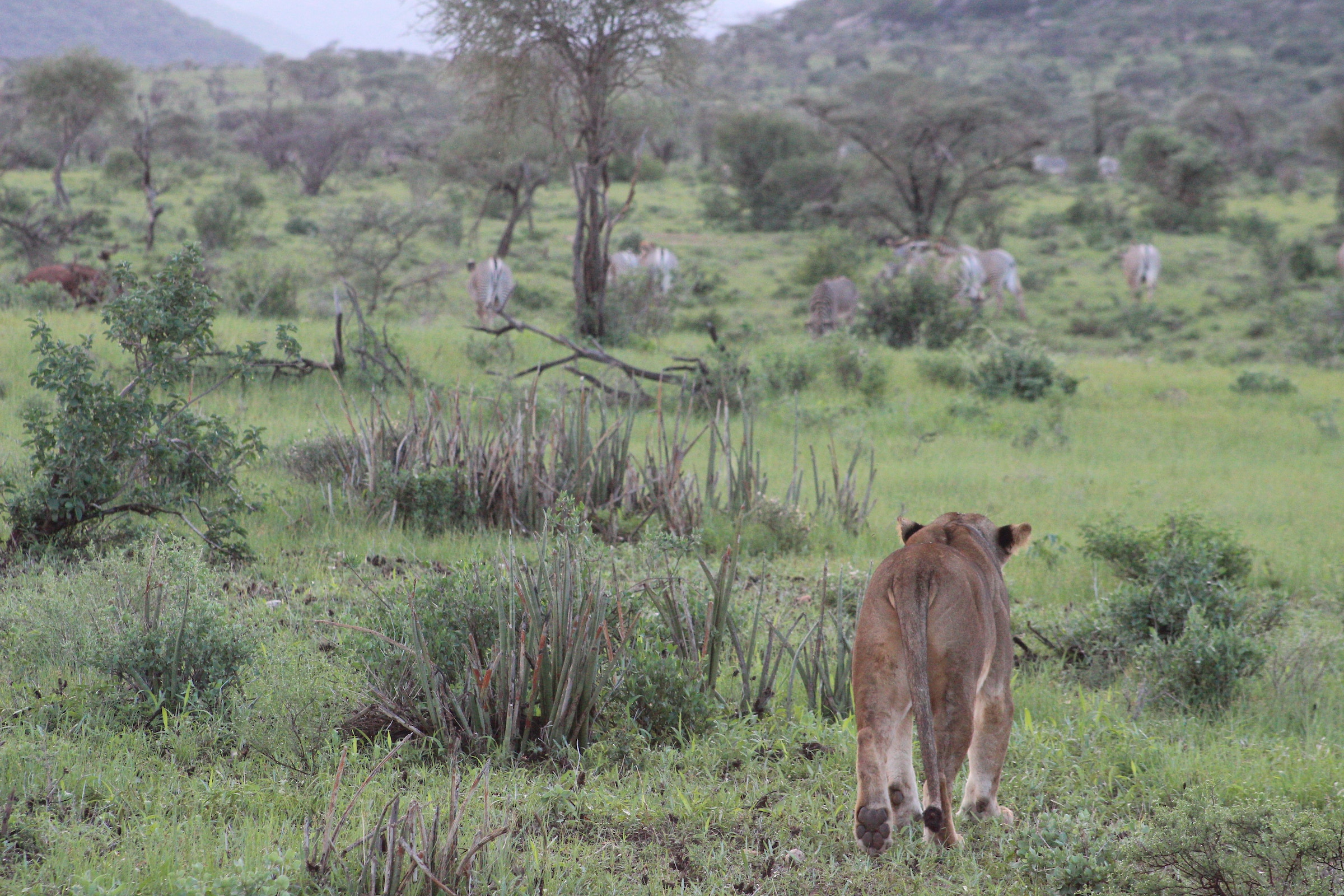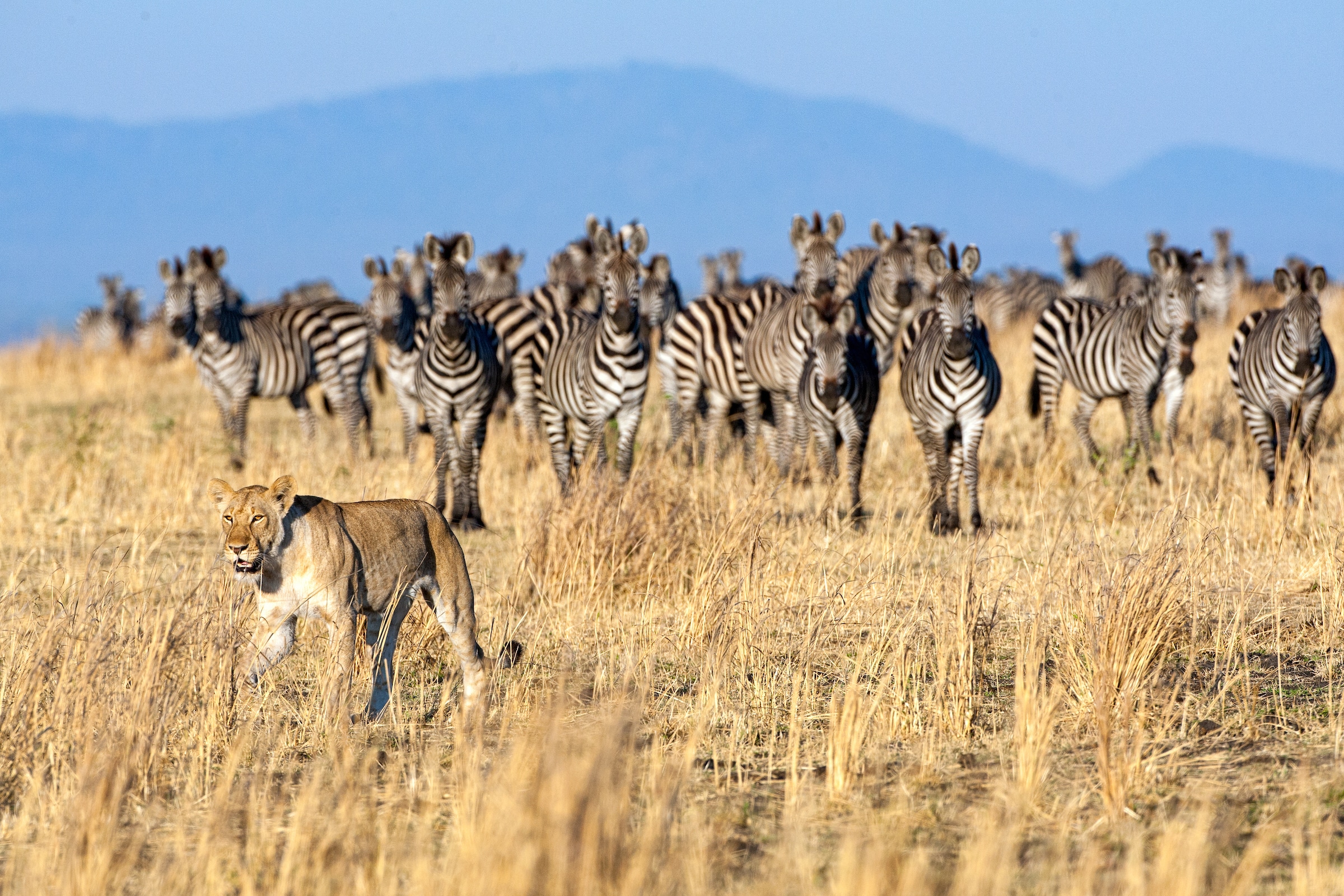A recent study in Laikipia, Kenya has revealed a fascinating discovery about the effect that an invasive ant species has on the ability of lions to hunt zebras.
When lions typically hunt zebras, they rely on stealth and cover to get close enough to take down their prey. Whistling thorn trees provide the pride with the necessary cover to close the distance between them and the herd. These trees are usually occupied by native acacia ants, which have a natural symbiotic relationship with the trees—they bite elephants who attempt to break down the trees for food, and the trees provide the acacia ants with nectar and shelter.

But researchers found that big-headed ants, an invasive species, have been taking over whistling thorn trees from the acacia ants, and unlike the former occupants, big-headed ants do not ward off hungry elephants. This has led to more of these trees being consumed by elephants in Laikipia, and less cover for lions on the hunt. The study revealed that in areas where big-headed ants and elephants are present, lions are nearly three times less likely to successfully hunt zebras due to higher visibility.

In response to their ambushes on zebras being thwarted, the lions have transitioned to primarily target buffalo herds. This has helped keep the lion population stable. But researchers are still concerned because there is no definitive way to prevent big-headed ants from continuing to spread and overtake acacia ants, meaning more whistling thorn trees—which other species like rhinos and giraffes also rely on for food—could be lost to elephants.

This study illustrates the delicate balance of nature’s web, the dramatic shifts that result from altered landscapes, and the surprising interconnectedness of many species, big and small. While the Lion Recovery Fund is not currently supporting projects that are addressing the invasive ant issue, we have spent years supporting Kenya’s lions by helping protect them from poachers, improve connectivity, and reduce human-lion conflict.

